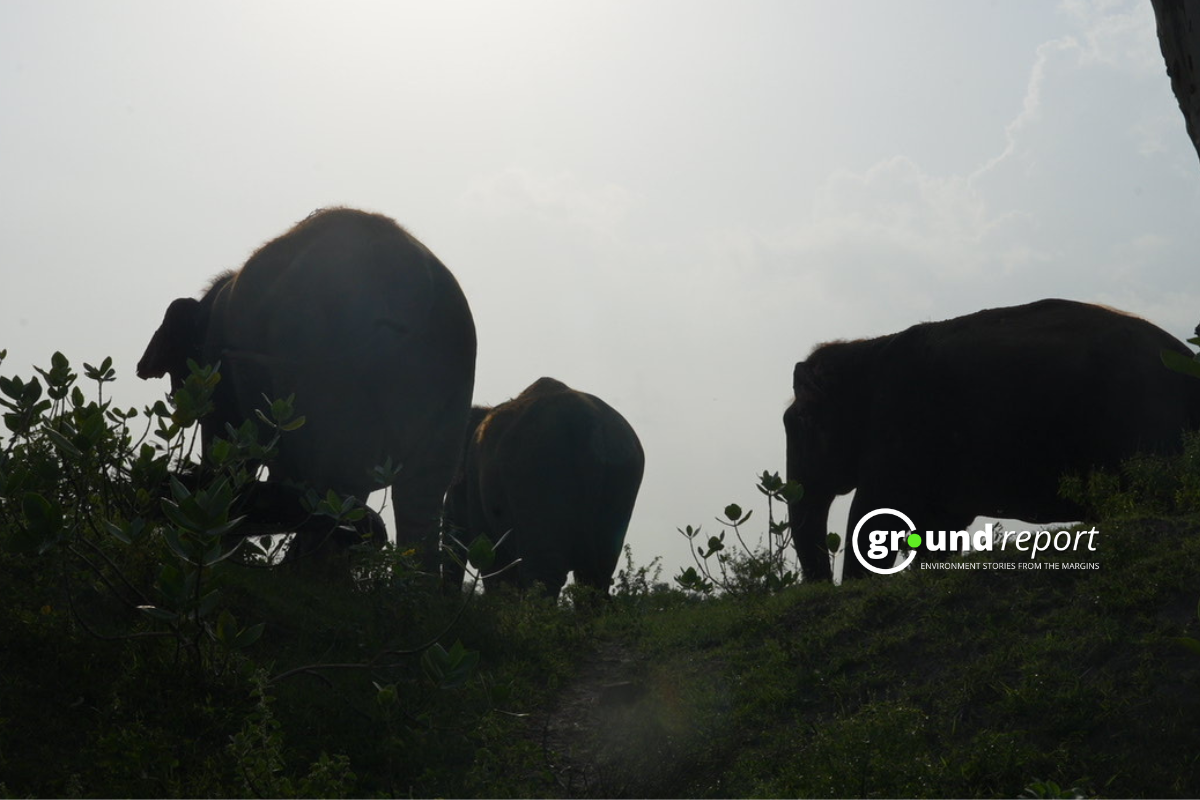In celebration of World Biodiversity Day, Wildlife SOS is highlighting the remarkable contributions of the rescued elephants at the Elephant Conservation and Care Centre (ECCC) in Mathura, Uttar Pradesh. Established in 2010, ECCC has become a sanctuary for over 30 elephants rescued from severe distress and abuse. However, the centre has also become a thriving ecosystem, thanks in large part to the elephants themselves.
Elephants are known as keystone species, meaning their presence and activities have a large impact on their environment. At ECCC, this impact is vividly apparent where the elephants have transformed their surroundings into a flourishing biodiversity hotspot.
As they roam the centre, elephants play crucial roles in the restoration and enhancement of local flora and fauna while grazing and defecating. Their waste, rich in undigested seeds and grains, provides a valuable food source for various animals and acts as a natural fertiliser, promoting plant growth. Their long-ranging nature also allows elephants to spread seeds over several kilometres during their lengthy digestive cycles, enhancing vegetation diversity.
“Our rescued elephants have not only found a sanctuary where they can live in peace and contentment, but they have also become true stewards of nature,” said Kartick Satyanarayan, Co-founder and CEO of Wildlife SOS. “Their presence at our facility has profoundly impacted local biodiversity, showcasing the vital role that elephants play in their habitats.”
Since its inception, Wildlife SOS has observed a gradual increase in sightings of diverse plant and animal species within the ECCC premises. The symbiotic relationship between the elephants and their environment has fostered the emergence of a thriving ecosystem teeming with life. Birds feed on insects disturbed by the elephants, and burrowing insects aerate the soil around elephant waste, enriching it with key nutrients and organic matter.
Several indigenous plant species have been propagated by elephants around the centre premises, including mango, pumpkin, grapes, burflower, and black plum. This lush greenery has led to a remarkable increase in bird species, from just 15 when the ECCC was started to over 70 species spotted throughout the year now. Many of these birds are migratory and are now spotted much more frequently during the season. Additionally, seven species of snakes and other reptiles, such as monitor lizards, have found a home amidst the greenery, while butterflies, which were only occasionally found before, now boast at least six different species in the area.
“When the centre was established, we aimed to create a natural environment for the rescued elephants. We planted numerous indigenous trees, including the Miyawaki forest. Since then, many new trees have sprung up, thanks to seed dispersal by the elephants. These trees now support a thriving ecosystem of birds, mammals, and reptiles,” said Geeta Seshamani, Co-founder and Secretary of Wildlife SOS.
Keep Reading
Part 1: Cloudburst in Ganderbal’s Padabal village & unfulfilled promises
India braces for intense 2024 monsoon amid recent deadly weather trends
Support us to keep independent environmental journalism alive in India.
Follow Ground Report on X, Instagram and Facebook for environmental and underreported stories from the margins. Give us feedback on our email id greport2018@gmail.com.
Don’t forget to Subscribe to our weekly newsletter, Join our community on WhatsApp, and Follow our YouTube Channel for video stories.









